Attraction

Neelkanth Mahadev Temple
Neelkanth Mahadev Temple is a Hindu temple dedicated to Nilkanth (Lord Shiva). The temple is situated at a height of 1330 meters and is located about 25 km from Rishikesh in the Pauri Garhwal district of Uttarakhand. The Temple is one of the most revered holy shrines dedicated to Lord Shiva and is a prominent Hindu pilgrimage site. According to Hindu mythology, the place where the Neelkanth Mahadev Temple currently stands is the sacred location where Lord Shiva consumed the poison Halahala that originated from the sea when Devas (Gods) and Asuras (Demons) churned the sea in order to obtain Amrita. The poison emanated during the Samudramanthan (churning of ocean) made his throat blue in color. Thus, Lord Shiva is also known as Neelkanth, literally meaning The Blue Throated One.
Distance from Hotel:
Approx 26 Km ; Ideal time to spend there - atleast 1-2 hours ; Ideal time to visit – between 11 am and 4 pm ; Time taken by cab one way – approx 40 minutes.
Beatles Ashram
Beatles Ashram - The Beatles one of the most popular music bands in 1960’s throughout the world visited Maharishi Mahesh Yogi's Ashram, Rishikesh in 1968 for Transcendental Meditation. The Ashram is now known as The Beatles Ashram. The four of them during their stay for about three months went on to write 40 songs, 18 of which were recorded and went into 'The Beatles', an album that later was called 'The White Album' .The Beatles Ashram is now open to fans and Pilgrims.
Distance From Hotel
Approx 10km; Ideal time to spend there - atleast 1-2hours ; Ideal time to visit – between 11 am and 4 pm ; Time taken by cab one way – approx 20-30Mins.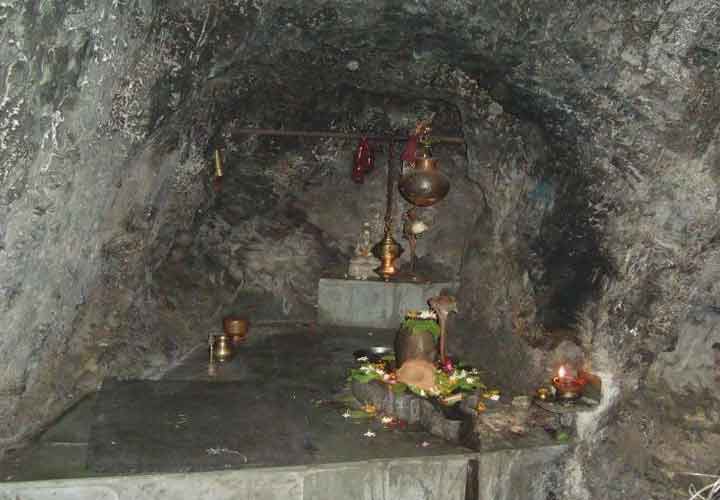
Vashishta Gufa
Ram Jhula is an iron suspension bridge situated at Muni Ki Reti in Rishikesh in Indian state of Uttarakhand. Built in the 1980s, over river Ganges to cross the river and is a landmark of Rishikesh. Ram jhula is located 3 kilometres (1.9 mi) north of Rishikesh at Muni Ki Reti. Some of the most prominent Hindu ashrams and religious centers like "The Gita Bhawan" and "Swarg Ashram" and the “Parmarth Niketan” are located in this area. This bridge constructed with the span of 450 feet and above 59 feet from summer water level.The bridge was opened for public by H.E. Sir Malcolm Haley, Governor of the United Provinces on April 11, 1930. The bridge was constructed by the public works department.
during the years 1927-1929. A bridge similar to Ramjhula is Lakshmanjhula. Laxmanjhula is also an iron suspension bridge but slightly smaller than the Ramjhula. It is said that Laxmanjhula crossed Ganges on jute ropes between the place where this bridge is built. Laxmanjhula was built in 1939. There are spectacular views from the bridge. The iconic "Tera Manzil Temple" is also located near Laxmanjhula. Both Ramjhula and Laxmanjhula are dotted with flea markets, handicrafts showrooms and food outlets where tourists find various options to spend time and explore the city.
Distance From Hotel
Ram Jhula – 3.5Km and Laxmanjhula – 5Km; Ideal time to spend there – atleast 2-3hours in either area including meals as there are some interesting cafes there ; Ideal time to visit – between 12 noon and 9 pm ; Time taken by cab one way : approx 5-20 minutes depending on traffic conditions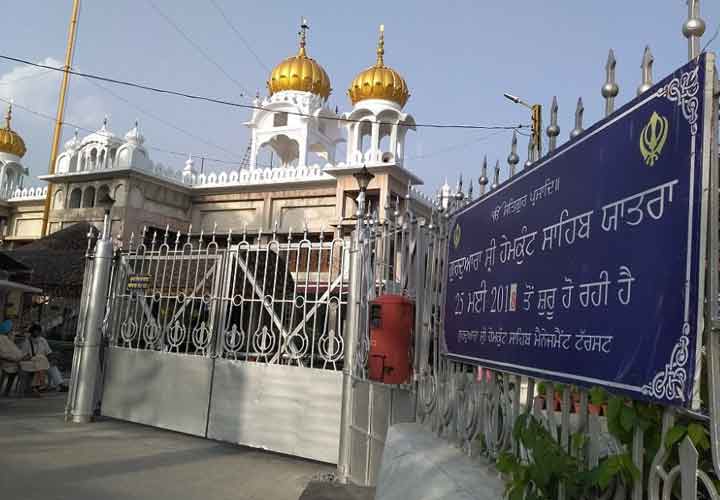
Gurdwara Shri Hemkunth Sahib
Rishikesh can be termed as a pivotal point because many scared journey start from here. It basically from here that the actual traverse to Hemkunth begins. With the advent of June, pilgrims throng Rishikesh to begin their pilgrimage to Hemkunth, Badrinath and Kedarnath .The Sikhs pilgrims, coming in jathas or individually from India and abroad, make their first halt at the beautiful Gurdwara that is situated at Rishikesh. Located near a busting market place. The Gurdwara is a two storied building on the upper floor of which is the darbar hall. An impressive decor with a finely worked ceiling. The darbar hall resounds with the voices of the granthi, the school children and the pilgrims reciting their prayers. The Gurdwara complex is spread over 5.0 hectares and has an accommodation for 4000 yatris besides having residential facilities for the sewadar and the orphan children adopted by the Gurdwara.
Distance From Hotel
Approx 1.5kms; Ideal time to spend there – approximately 10 minutes; Ideal time to visit – between 7am to 9am and 5pm to 9 pm; Time taken by cab one way : approx 10-15 minutes depending on traffic conditions.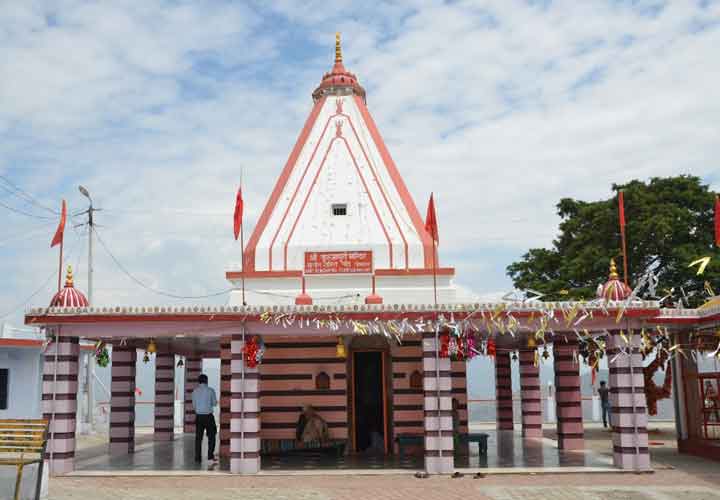
Kunja Puri Temple
Kunja Puri Temple -is located on the top of a peak about 25kms from the hotel. This temple is also visible from the terrace and cafe area at our Hotel. Kunjapuri commands a beautiful view of the snow-ranges of the Himalayas and of the valley of the Bhagirathi. Kunjapuri is said to be one of the “sidddhapeeths” established in the region by JagadguruShankaracharya and legend has it that the upper-half of the body of Sati, wife of Siva, fell here when Siva was carrying it to Kailash after Sati had flung herself in the “yajna” fires when some derogatory remarks were made about her husband by her father Daksha. The temple has approximately 300 steps leading upto the main foyer which need to be climbed.
Distance From Hotel
25kms; Ideal time to spend there – atleast 2-3hours in either area including meals as there are some interesting cafes there; Ideal time to visit – between 12 noon and 9 pm; Time taken by cab one way : approx 40-45 minutes depending on traffic conditions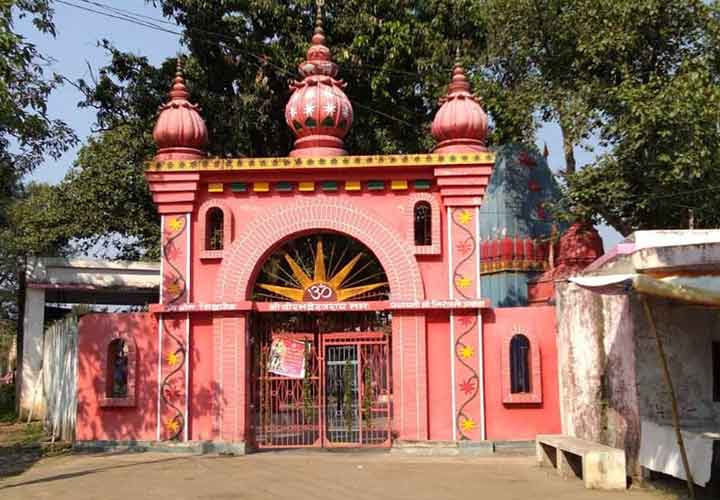
Virbhadra Temple
Virbhadra Temple - is named after Virabhadra, a being created through the wrath of Shiva after the “yagya” of Daksha, at Kankhal. It is one of the most important temples of Lord Shiva and legend has it that there is a very bright light visible from under the closed doors of the temple every midnight signifying the descent of Lord Shiva.
Distance From Hotel
Approx 4.5kms; Ideal time to spend there – approximately 12 minutes; Ideal time to visit – between 11am and 9 pm; Time taken by cab one way.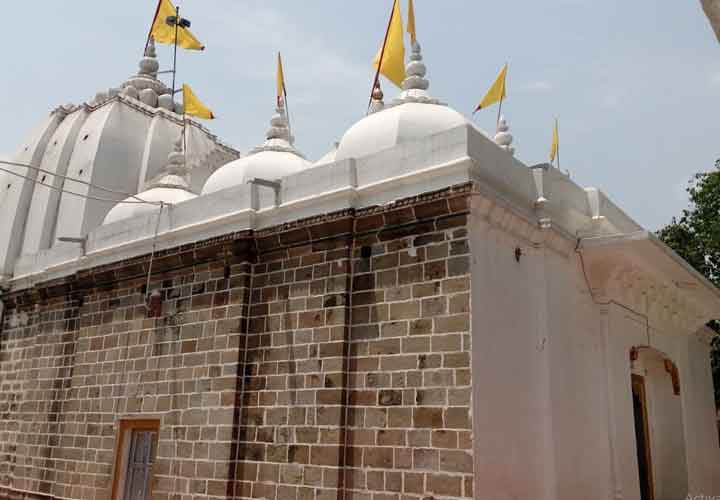
Bharat Temple
Bharat Temple - is situated in the heart of the township of Rishikesh. It is approximately half kilometer away from the Triveni Ghat. Said to be the oldest temple in Rishikesh, it is also regarded as one of the most ancient shrines in India. The temple has been named after Lord Ram’s second brother ‘Bharat’; however the presiding deity of this temple is Lord Vishnu, ‘the Preserver’. The statue of God Narayana (Vishnu), enshrined in Bharat temple, is of black stone, carved out from a single piece of Saligram. The idol of Lord Hrishikesh Bharat ji is also installed in this temple. The idol was obscured in the Maya Kund of the temple, in order to save it from theft tack of the Buddha people. Every year, on the day of Basant Panchami, the idol of Lord Hrishikesh is taken out, in a holy procession, for a dip in the sacred water of river Ganga. Bharat temple is the perfect destination for tourists who have a love for ancient religious monuments and a desire to explore historical facts.
